Should you get SMILE / LASIK eye laser surgery in Korea? My experience and a complete decision guide

Content
The idea of having laser eye surgery to correct my mild myopia actually came from my good friend Eun Jeong from Korea. "Korea is the best country in the world for everything beauty-related!" she enthused. I'd been toying with the idea for a while, but in my home country, it was an incredibly expensive procedure - 3000EUR (~3600USD) per eye was a steep price to pay. Not to mention the risks associated with any medical procedure! I knew the risk of something going wrong with SMILE was very low, but if it did, it would be my vision on the line.
I tried to convince myself that wearing glasses wasn't that bad, right?
In the end, it was my husband who persuaded me to go for it. He said, "Everyone I've talked to who's had the surgery says it was life-changing - in a good way!" The thought of swimming in the ocean while seeing everything clearly, never having to worry about lost contact lenses, being able to enter a warm room without first having to wipe my glasses (only to then see through streaks for the rest of my time there) - all of that sounded incredibly tempting. So, I took a deep breath, gathered my courage, and scheduled an appointment for our time in Seoul.
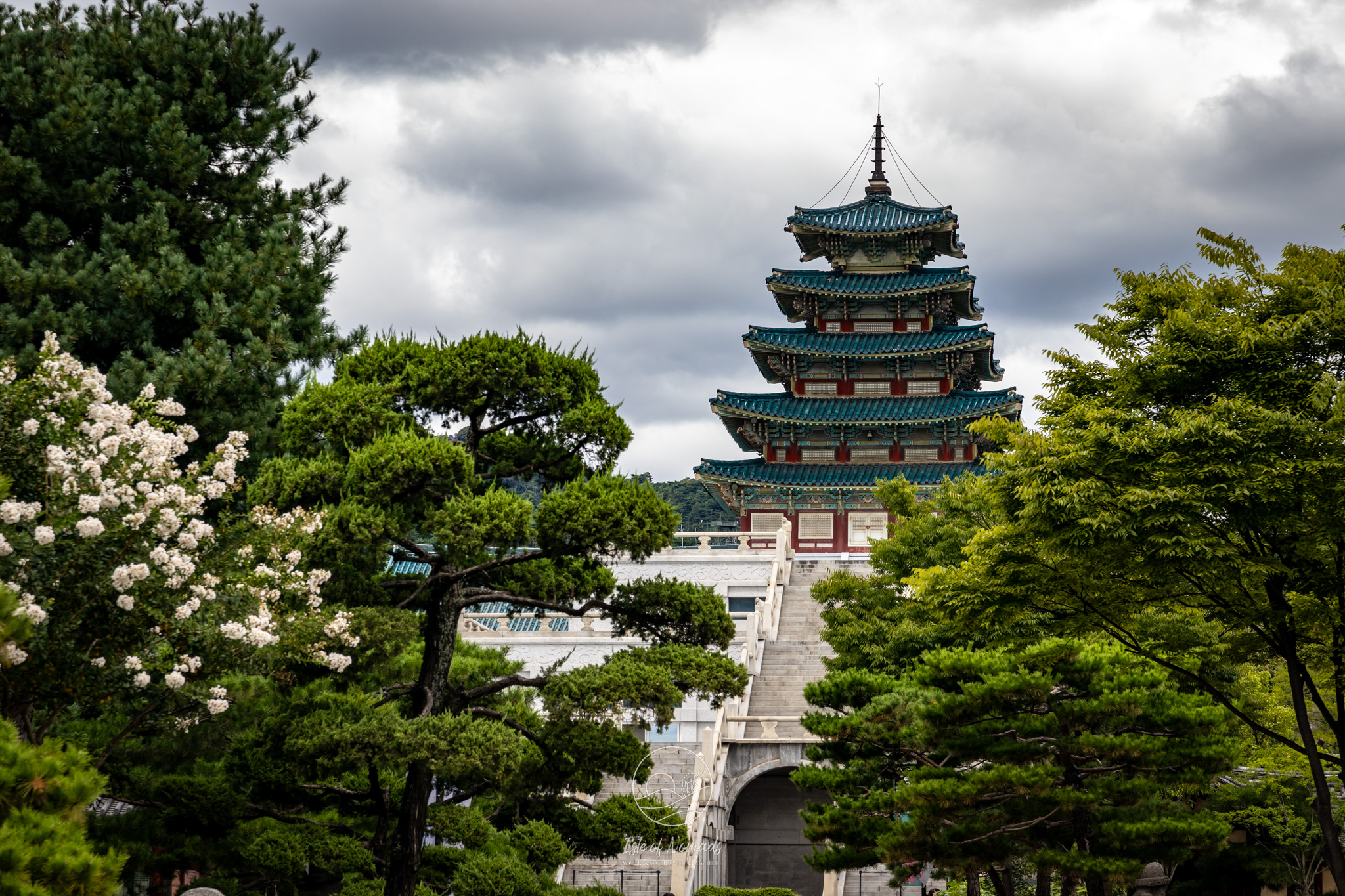
About the surgery itself
Let's take a step back - what exactly is Smile laser surgery? SMILE (Small Incision Lenticule Extraction) laser surgery is a procedure that - according to my online research and the sites boasting about it - has "revolutionized vision correction". Unlike traditional LASIK, SMILE is minimally invasive and doesn't require creating a corneal flap.
Here's how it works: The surgeon uses a femtosecond laser to create a small, lens-shaped bit of tissue (called a lenticule) within the cornea. This lenticule is then removed through a tiny incision, less than 4mm wide. By removing this tissue, the shape of the cornea is altered, correcting the refractive error and improving vision.
The entire procedure typically takes about 10-15 minutes per eye and is performed under local anesthesia. SMILE has the quickest recovery time of the vision correction surgeries - most people can return to work the next day and resume most normal activities within a week.
SMILE is particularly effective for treating myopia (nearsightedness) and astigmatism. However, it's worth noting that not everyone is a suitable candidate for SMILE. Factors like the degree of refractive error, corneal thickness, and overall eye health need to be considered. In my case, a thorough eligibility check was part of the procedure in Seoul.
Medical service quality in South Korea
South Korea has earned a stellar reputation for its medical services, particularly in fields like cosmetic surgery and advanced medical technologies. When it comes to eye surgery, Korea is often considered a global leader. My friend Eun Jeong told me that eye clinics in Korea - and anything beauty-related - are pretty competitive. This actually works out well for patients because clinics are always trying to have the latest technology and best service while offering the lowest price.
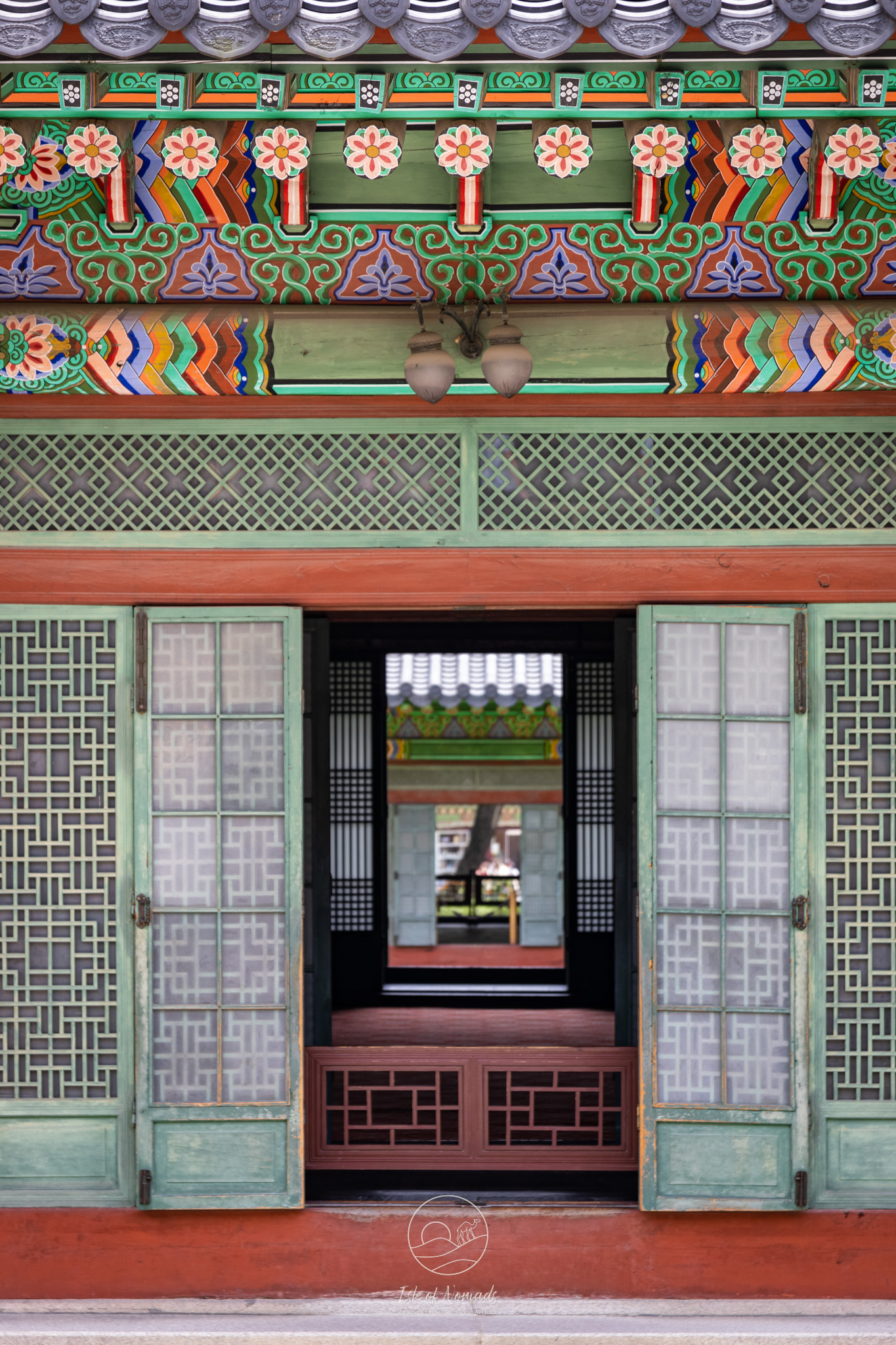
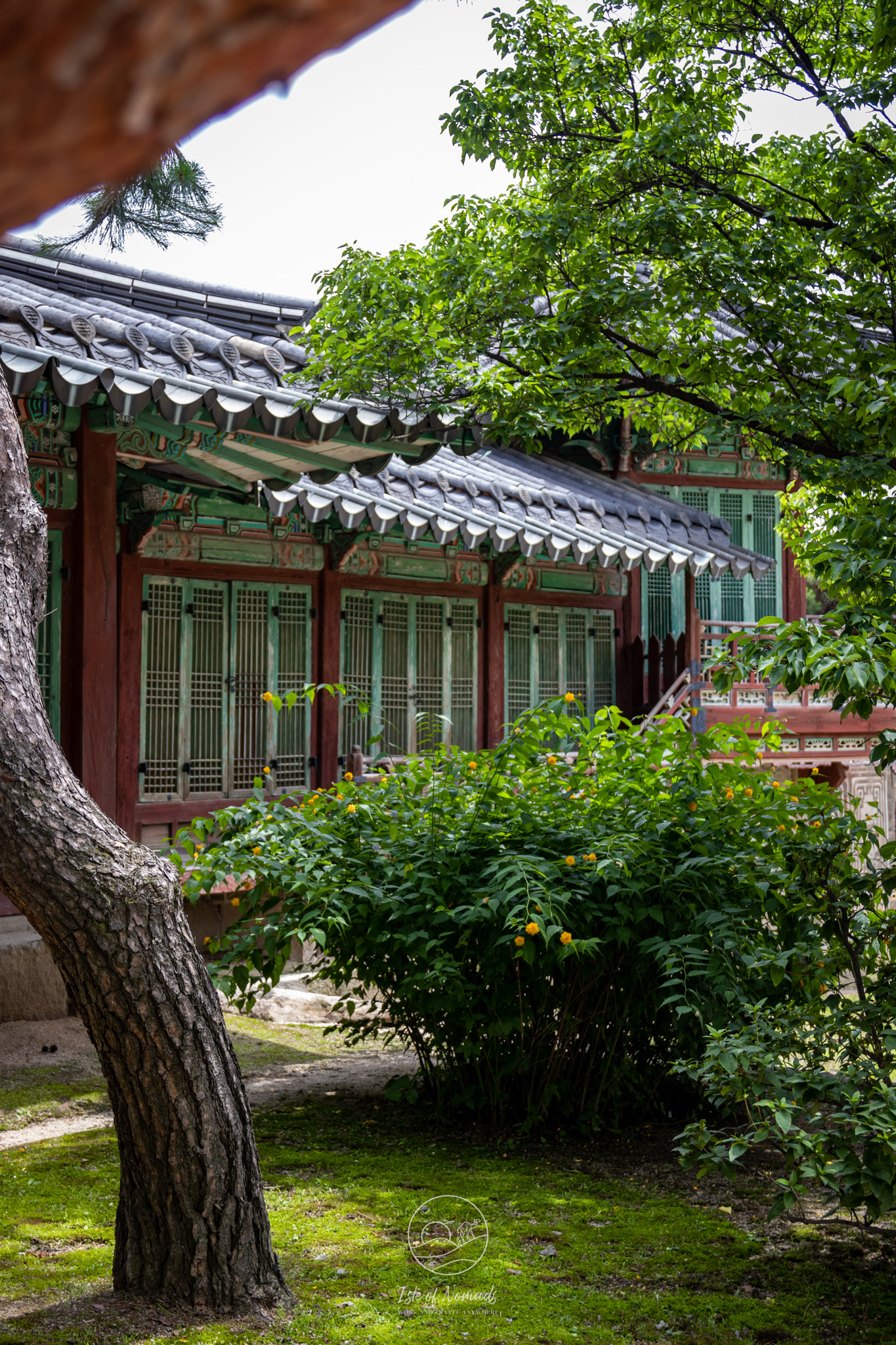
The country's healthcare system in general consistently ranks among the best in the world according to the OECD. Of course as with any elective medical procedure, quality of the procedure also varies a bit among the ones offering it. I did a lot of research on which clinic to go to, scouring through Google reviews and finally settled on one of the biggest suppliers: BGN eye clinic and their branch in the Jamsil Tower.
My experience: Before the surgery
I booked the surgery at the BGN eye clinic almost 2 months before my trip to Seoul. Little did I know, I was being overly cautious - their booking tool showed available slots for the next few days! I was almost suspicious of how easy it was to secure an appointment. A few personal details, a click here and there, and voilà - appointment confirmed.
The confirmation email came with a list of dos and don'ts before the surgery: No soft lenses for 5 days, no hard lenses for 14 days. Bring sunglasses for post-surgery. Do not drive on your own on the day of the surgery, best bring someone that can help you home as your vision will be very blurry.
As I booked during a summer special, the total cost of the surgery for both eyes was quoted to be 1600EUR (~1800USD) - usually this is around 2400EUR (~2500USD). I had the feeling they have promotions constantly though, so I don't think you'll pay the full price if you decide to go with BGN Eye Clinic.
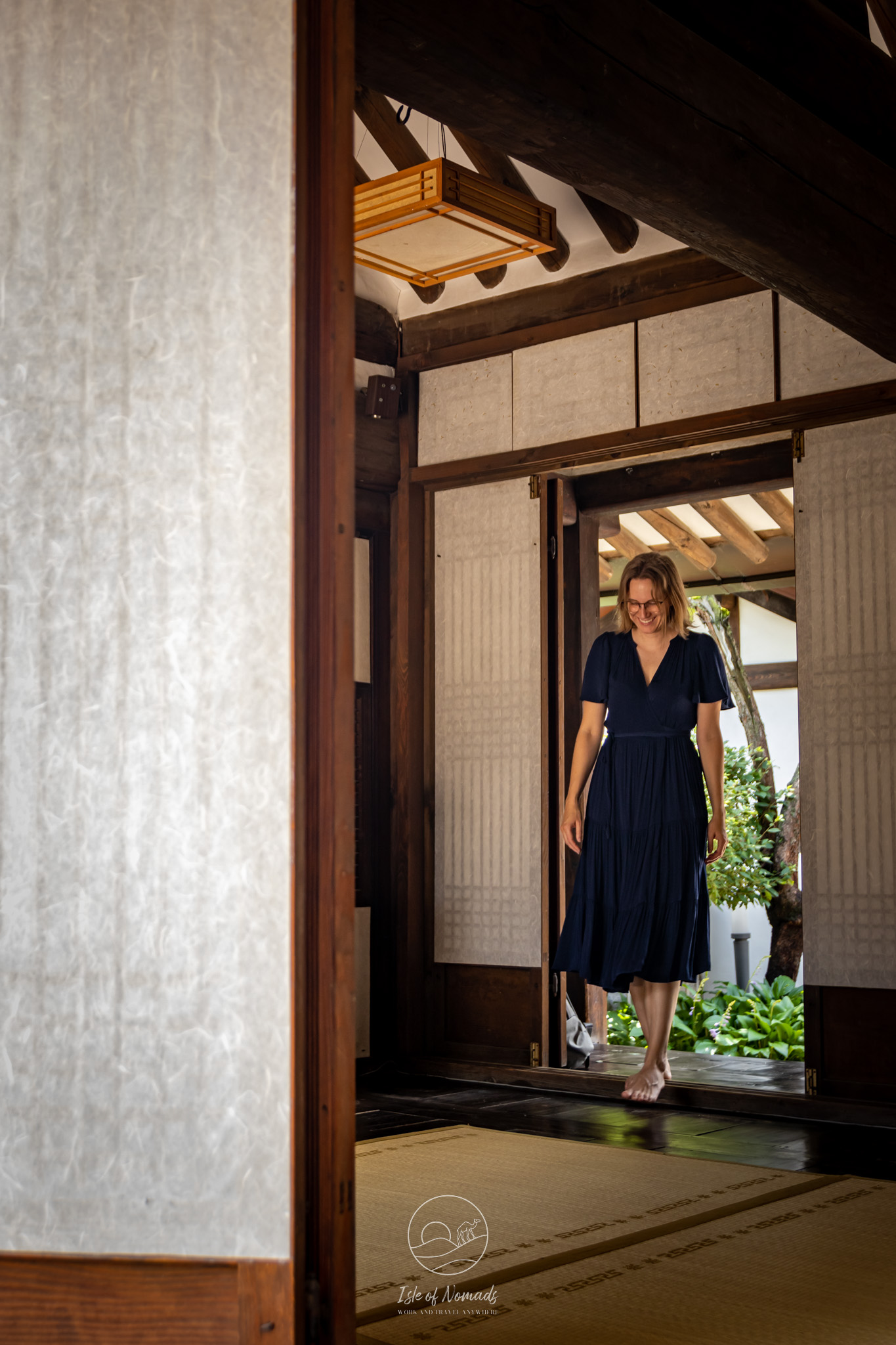

Unfortunately, three days before the surgery, my brain decided to go into full-blown panic mode. Being the obsessive researcher that I am, I dove headfirst into the depths of Google. Big mistake. Huge.
Forums were teeming with horror stories: people complaining of perpetual dry eyes, others seeing constant lightning bolts, some needing additional procedures. I tried to calm myself by reading research papers on complication probabilities. Spoiler alert: It only partially worked. Sure, the chances of something going wrong were very slim, but my anxious brain kept screaming, "But what if YOU'RE that rare case?"
Suffice to say, I did not sleep much the night before the surgery. Was I about to ruin my vision forever just because I wanted to swim in the ocean without worrying about contacts? I know what you're thinking: "Wow, talk about overthinking!" And you're absolutely right. Looking back, I realize how ridiculous my fears were.
My experience: The surgery
On the day of the surgery, my friend insisted to come with me and help with translation - even though BGN had told us I would have a translator with me at all times. In the end Eun Jeong didn't have to do much translating as the personal translator was excellent, but I am so glad she did come along for emotional support.
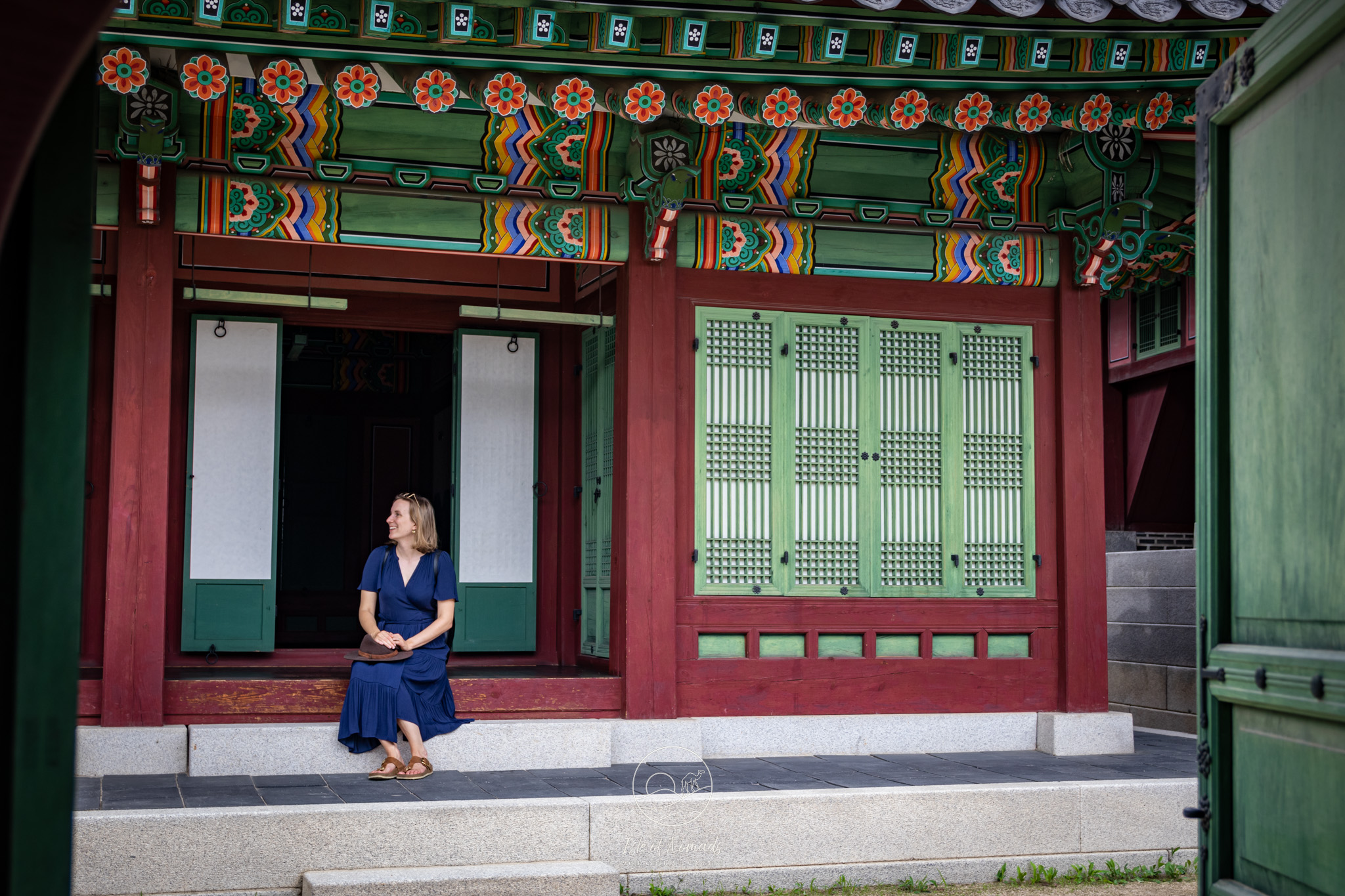
I had my appointment at 10.30am and the first thing that happened were the tests - so many tests! They checked for every possible counterindication and even conducted a DNA test for Avellino Corneal Dystrophy (a fancy name for a hereditary eye condition that doesn't play nice with laser surgery). Thirty minutes of being poked and prodded, followed by another thirty minutes of waiting for the results.
True to their word, BGN assigned me a personal translator and that was also necessary: None of the doctors or nurses that performed the exams, the surgery, or discussed the results with me, seemed to speak any English. My translator was the sweetest though - she was always smiling and her quiet manner had a big calming effect on me.
Once the results got in, my translator came to get me and I had a final talk with a doctor whom I could ask questions about the surgery and the results. The idea then essentially was for me to confidently whip out my credit card and strut into surgery. Instead, my brain decided to host a last-minute debate on the pros and cons of the procedure. I told my translator I needed a bit of time to think all of this over. When she translated into Korean, I could clearly sense the irritation of the other staff. That is maybe the only thing that I felt was a bit negative about the whole experience - BGN and clinics similar to it are run like a well-oiled machine, where efficiency is key and delays or alterations to the protocol are frowned upon.

I went to sit down with my husband and friend again and took a few minutes to calm my nerves. After reminding myself that this was a safe, life-improving procedure, I took a deep breath and paid for the surgery.
Next thing I knew, I was in a small waiting area with a front-row view of the operating room. The operating room consisted of a semi-circle of six machines, each with its own hospital bed, all occupied by people being operated on at the same time. It all made me feel like I was on some sort of ocular conveyor belt. But I didn't have time to stare for long: My translator came toward me and directed me to put on the hospital coat, step outside of my shoes and slip into paper shoes that lay ready for me. As soon as I had changed, I was already directed to one of the hospital beds. The young man before me was helped up and guided outside, and I was made to lie down.
Cue my brain's greatest hits of worst-case scenarios. Were they moving too fast? Did they mix up my measurements with the guy before me? But before I could spiral further, my translator's voice cut through the chaos: "It is incredibly important now that you do not move, not even a tiny bit. Do not move your head or eyes, do not blink." Great. Just great. Tell any human being not to move, and suddenly every muscle in their body develops an irresistible urge to twitch. As I lay there, trying my best to impersonate a statue, I could feel beads of sweat forming on my forehead. Who knew not moving could be such hard work?
As I was trying to keep still, the doctor applied numbing eye drops. Then came the crucial instruction: "Focus on the red light." The procedure started with one eye. I felt pressure, and then I saw the doctor take a scalpel. Watching someone cut into your own eye is a surreal experience. I could actually see her slide a small piece of my eye tissue out.
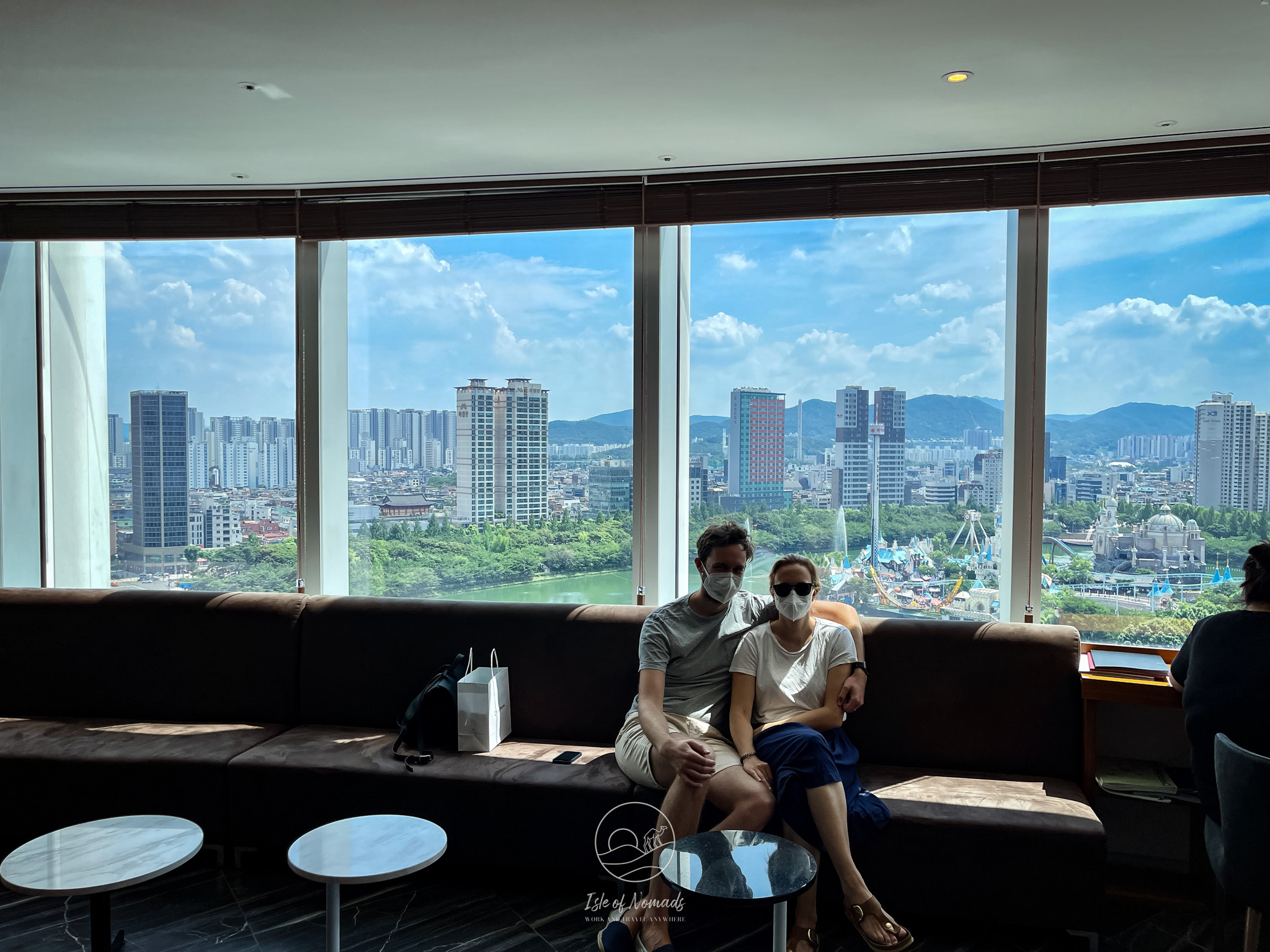
Surprisingly, fascination began to override my fear. The scientist in me was utterly captivated. This was cutting-edge medical technology happening right before my... well, in my eyes! And here's a little secret: despite all the warnings, I definitely moved a tiny bit. But guess what? The world didn't end. The doctor didn't scream. My eye didn't explode. It was fine.
Before I knew it - the whole procedure took no more than 5 minutes - it was over. I was guided outside, feeling a bit dazed. My vision was blurry, like looking through a foggy window.
Cordt was there to meet me. He gently placed sunglasses on my face to protect my sensitive eyes. We picked up my post-op essentials: antibiotic and moisturizing eye drops. I was instructed to use these religiously every few hours to prevent infection. The rest of the day was spent in bed, listening to audiobooks and marveling at (and yes, also being a bit freaked out by) my completely blurry vision.
My experience: After the surgery
The day after surgery, I still steered clear of screens and avoided long stretches in the sun. My vision remained quite blurry. I'd secretly hoped for a dramatic movie-moment where I'd wake up, open my eyes, and suddenly see the world in crystal clarity. But in reality the blurriness lifted gradually, almost teasingly slow. However, I never felt pain - my eyes felt quite dry for a while and that feeling was unpleasant, but that was it.
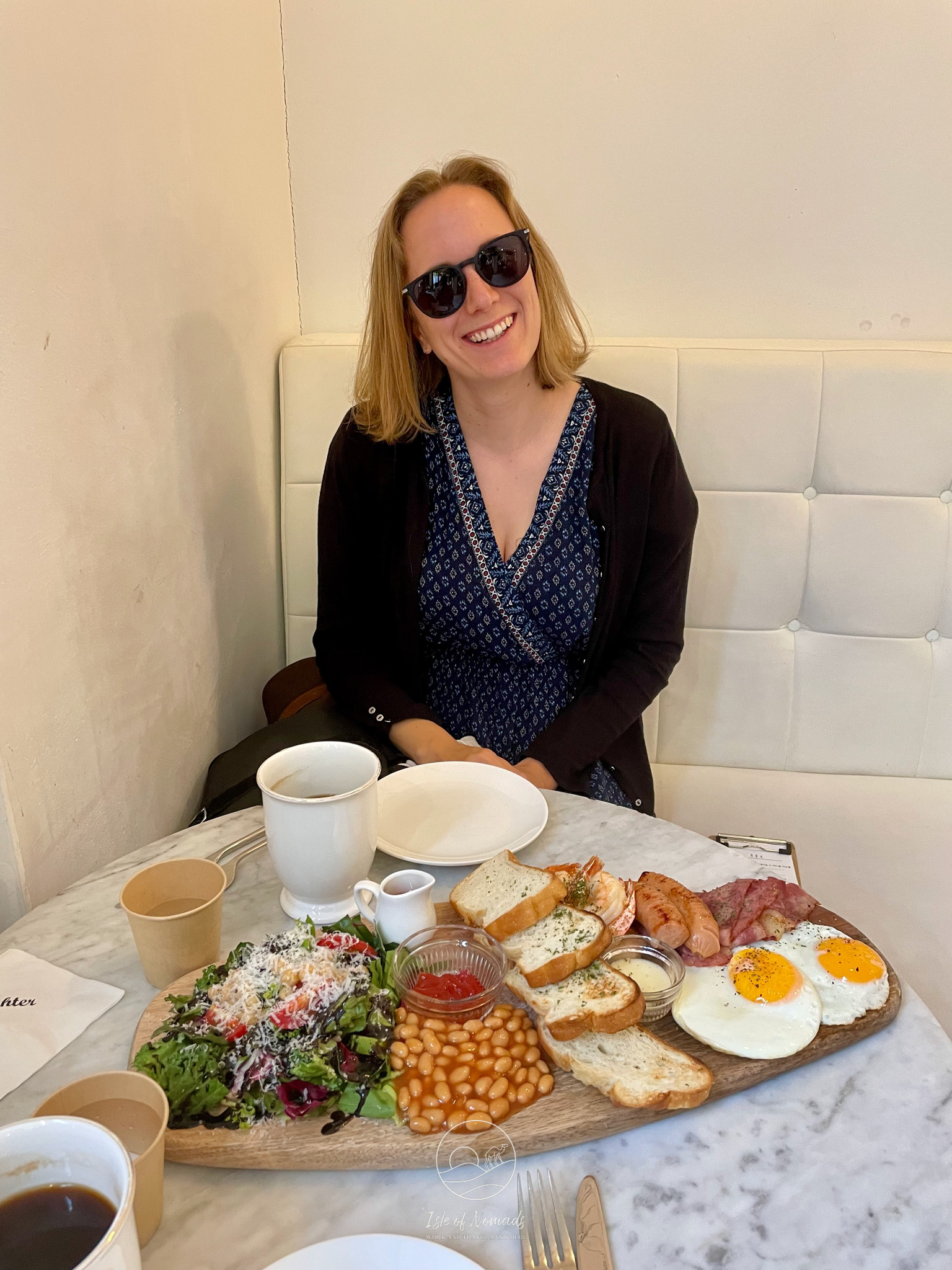
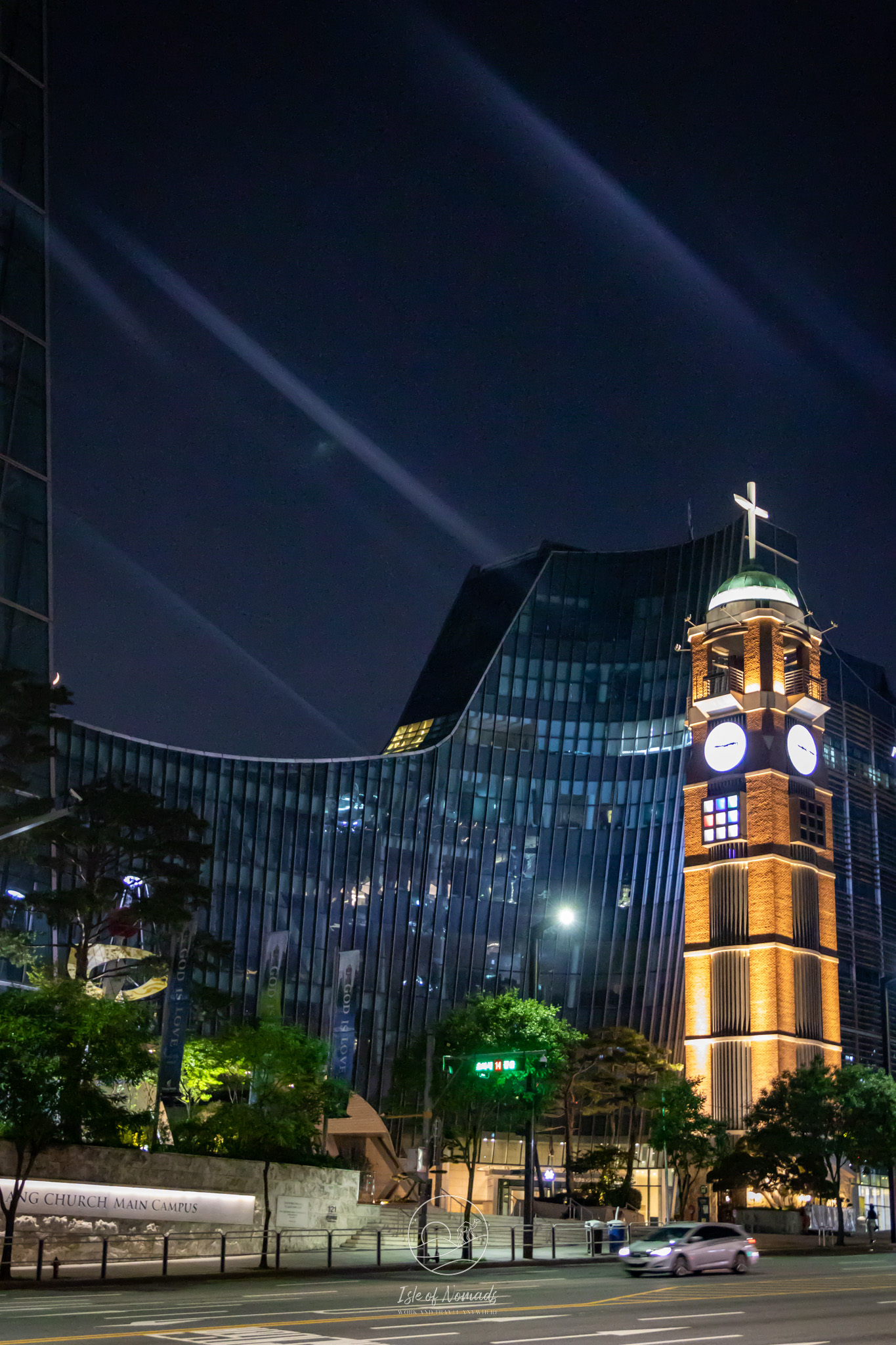
The next day I still spent listening to audiobooks and Eun Jeong, Cordt and me went to a brunch cafe and just talked for half of the day. Attempting to work the following day was... interesting. I could only manage short bursts of screen time before everything would blur together again. It felt wrong to be staring at a screen so soon after having my eyes zapped by lasers, so I decided to take it slow. Recovery, I'm told, is different for everyone.
A week post-surgery, I went for a check-up. It was over in a flash - 5 minutes of waiting, a quick once-over by the doctor, and I was back on the street. All was well, and they loaded me up with eye drops to use as long as I felt dryness in my eyes. I still saw halos around lights for the 3 weeks after the surgery, but these started to fade slowly. The dryness lingered for about 6 months, but eventually, I weaned off the eye drops, and today my eyes are back to normal - minus the myopia, of course.
Just to be on the safe side, I had follow-up appointments in Malaysia after two months and in Vietnam five months later. The Malaysian doctor told me my eyes were still too dry and to keep up with the drops, but by the time I reached Vietnam, that issue had resolved itself.
The real payoff came later that year on Bali. Diving into our pool without glasses, snorkeling off Nusa Penida without the fear of losing a contact lens - these moments were priceless. In those crystal-clear waters, I felt a wave of gratitude for having pushed myself to get SMILE in Korea.
Sooo... Should you get SMILE Lasik eye surgery in Korea?
After going through this experience, I can say it's not a simple yes or no answer. It really depends on your personal situation, budget, and comfort level with medical tourism.
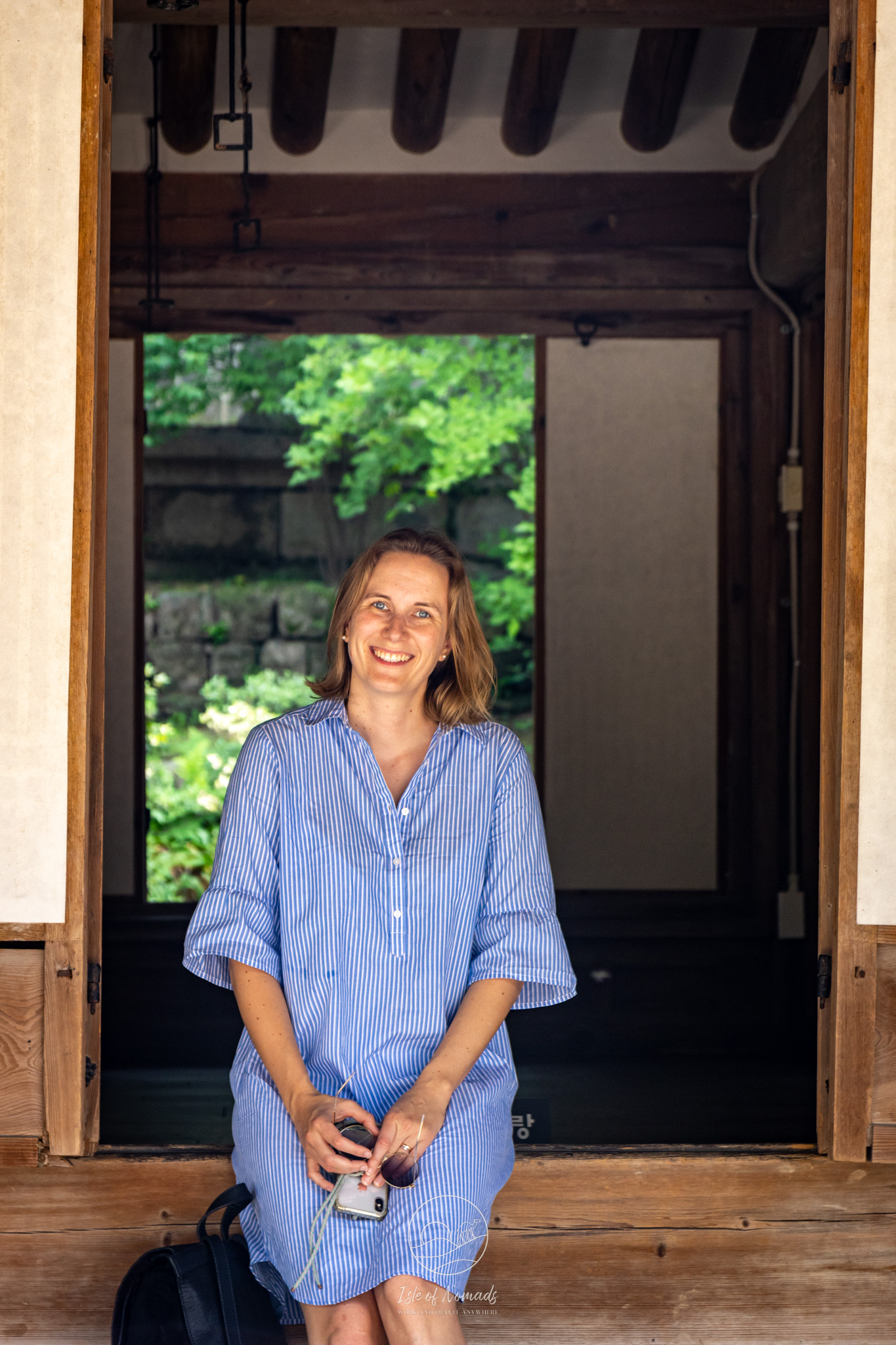
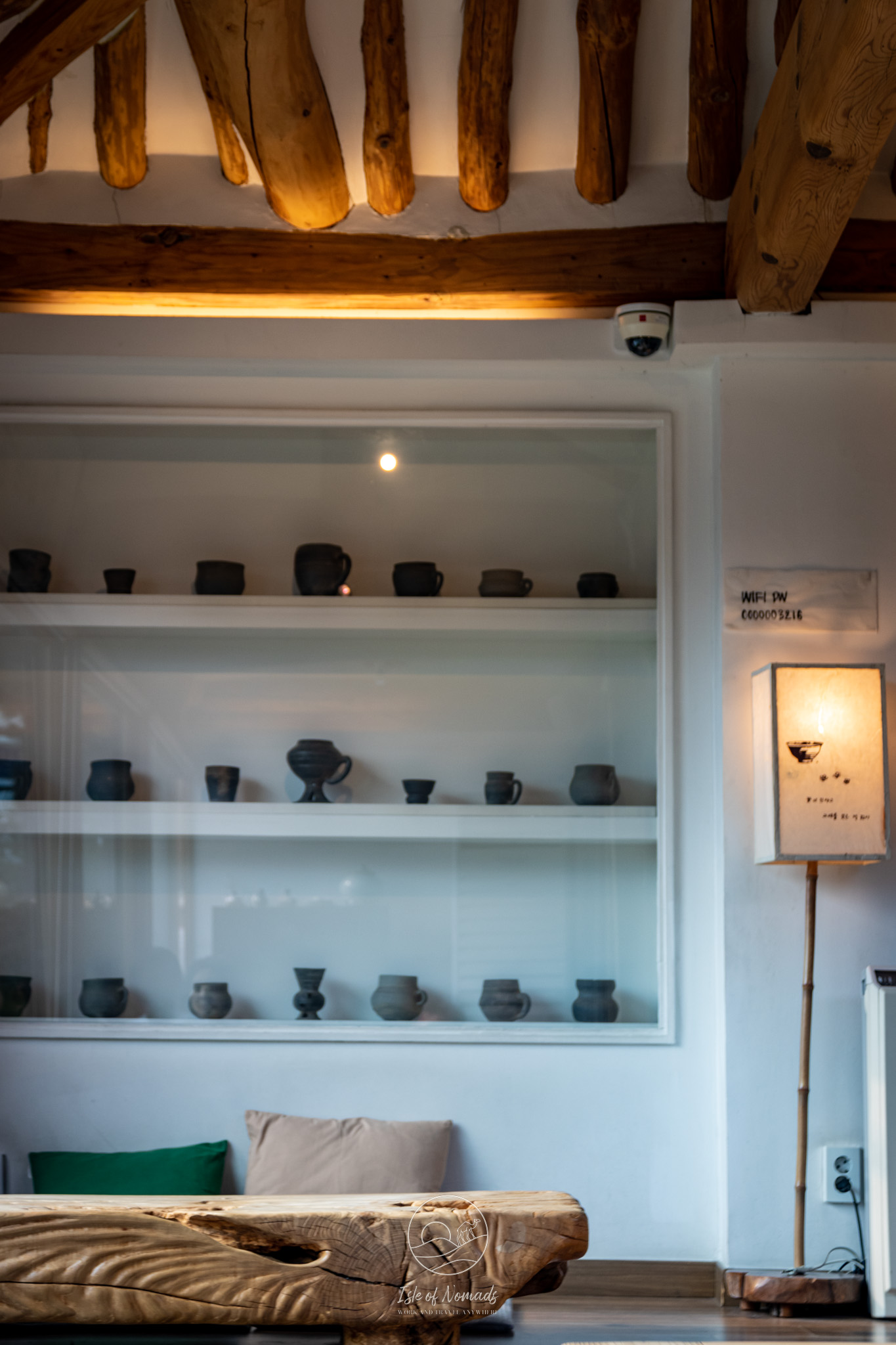
On the plus side:
- The cost is significantly lower than in many Western countries. I paid less than half of what I would have back home.
- The technology and expertise are top-notch. Korean clinics often have the latest equipment and highly skilled surgeons.
- The efficiency is impressive. From booking to post-op care, everything moves quickly and smoothly.
But there are also some things to consider:
- Language barrier. While most clinics provide translators, it can still be nerve-wracking to undergo surgery where you can't directly communicate with your doctor.
- Cultural differences. The fast-paced, assembly-line approach might be unsettling if you're used to a more personalized medical experience.
- Follow-up care. If you're just visiting Korea, you'll need to arrange post-op check-ups back home.
For me, it was worth it. My vision improved dramatically, and the whole experience, while scary at times, was generally positive. But it's a personal decision.
If you do decide to go for it, do your research. Look for clinics with good reputations and experienced surgeons. Read reviews from other international patients. And most importantly, listen to your gut. If something feels off, don't be afraid to ask questions or even walk away.
Remember, these are your eyes we're talking about. While SMILE is generally safe and effective, it's still surgery. Make sure you're comfortable with every aspect before you take the plunge.

